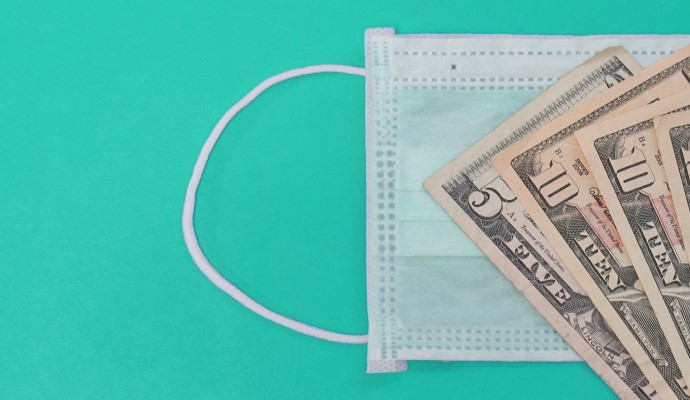Difference Between Clean Claims, Initial Claim Denials Key Hospital KPI
A new survey found that nearly 80% of hospitals measure the difference between clean claims and initial claim denial rates.

Source: Getty Images
- The difference between clean claims and initial claims denials is a major key performance indicator (KPI) that hospitals track, according to a new survey.
The new survey from healthcare revenue cycle management company AKASA found that nearly 80 percent of hospitals are measuring the difference in the rates. But the KPI may not be the best indicator of revenue cycle health, survey authors stated.*
“In my experience, metrics like clean claims can lead executives to believe they are performing better than they actually are, only to see their rate of initial denials is still high,” says Amy Raymond, head of revenue cycle operations at AKASA.
“Shifting the organization's focus to actively manage performance against first pass payments provides one metric that accurately measures performance. Efforts to improve first pass payments will by default also improve clean claims and initial denial metrics as well.”
Authors add that if most of a hospital’s claims are considered clean, then most of their claims should be paid on a first-pass basis or the first time they are submitted to payers.
Clean claim rate and initial claim denial rate are two key hospital and health system KPIs, according to the Healthcare Financial Management Association’s (HFMA’s) MAP Keys initiative. The KPIs identified by MAP Keys are “the standard for revenue cycle excellence” in healthcare, HFMA states.
Initial claim denials rate was also cited as one of the top revenue cycle KPIs tracked by health systems in a previous AKASA survey. The survey leveraged HFMA’s Pulse Survey data and included responses from more than 350 revenue cycle leaders at health systems across the country.
Other top revenue cycle KPIs for the health system leaders included numbers of days in accounts receivable (A/R) and aged A/R or number of outstanding unpaid past due patient bills.
However, top revenue cycle KPIs for hospitals are evolving as automation takes hold, the survey indicated. Revenue cycle automation provides hospitals and health systems with easier access to data to track revenue cycle performance. Automation also has the potential to make KPI tracking more accurate with easier access to financial data.
With access to higher quality financial data, hospital and health system leaders can dive deeper into KPIs that truly provide value to their organizations.
While revenue cycle automation adoption remains low among hospitals and health systems, companies are quickly stepping in to fill the gap. Healthcare revenue cycle management company Waystar, for example, recently announced a partnership with 3M to create an artificial intelligence-driven solution for hospitals and health systems aimed at boosting revenue cycle efficiency and compliance.
The partnership intends to help hospitals identify missing or incorrect charges and shift away from manual processes, according to the announcement.
Companies like AKASA also aim to give hospitals and health systems a more complete view of their revenue cycle using automation. But the use of revenue cycle automation goes beyond increasing efficiency.
“Employing automation isn't just about increasing productivity,” said Malinka Walaliyadde, co-founder and CEO of AKASA. “Leveraging effective automation solutions should also improve accuracy, which translates into optimal results. For hospitals and health systems, this means financial automation strategies should directly expand revenue capture, elevate the nature of work for their staff, and enhance operations.”
*UPDATED 09/30/2021: Article updated to reflect that 77 percent, or nearly 80 percent, of hospital leaders surveyed said they were measuring the difference in the rates.
